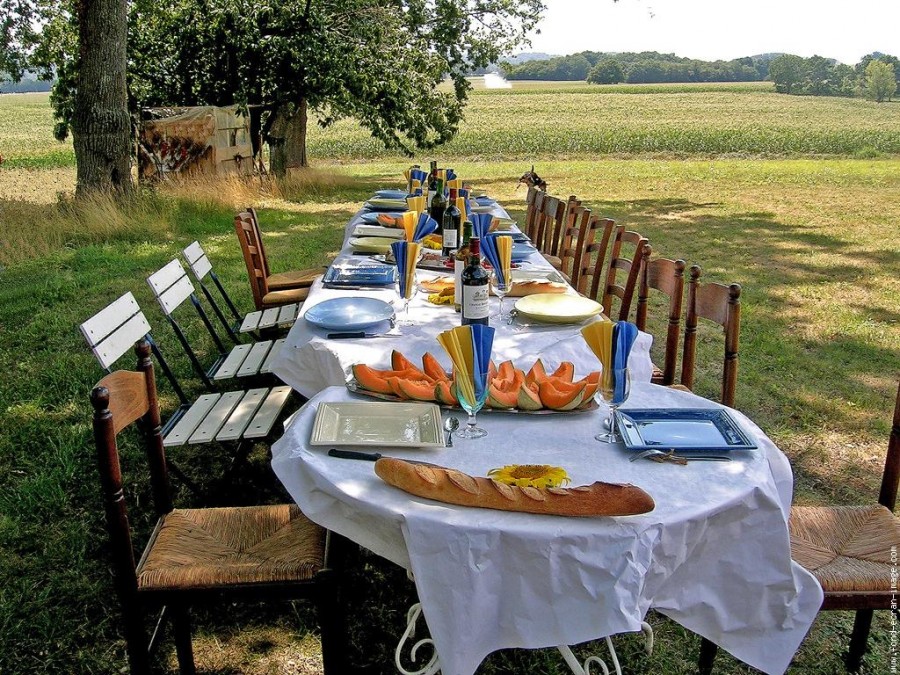Glassmaking in Antiquity – The Getty Villa now hosting glass-handling sessions
In 2003, the Getty Villa acquired the Oppenländer collection. With a remarkable cultural and chronological breadth, the collection features over 180 ancient glass objects, including works made in Mesopotamia, Egypt, the Greek world and the Roman Empire, and spans the entire period of ancient glass production, from its origins in Mesopotamia in about 2500 B.C. to Byzantine and Islamic glass of the eleventh century A.D.
Glass had both practical and decorative uses in antiquity, just as it does today.
The ancient Greeks, Romans, and Etruscans stored ink, food, cosmetics, and perfumed oil in glass containers. They used glass tableware and played with glass game pieces. They looked into glass mirrors, lit the night with glass lamps, and gazed through glass windows. The wealthy decorated their homes with glass mosaics, inlays, and statuettes.
The Oppenländer collection offers the opportunity to observe the beauty of these objects, but also the variety of ancient glassmaking techniques, such as casting, core forming, mosaic, inflation, mold blowing, cameo carving, incising and cutting. All these techniques are still used by glass artists today.
Core forming was one of the earliest glassmaking techniques. Glassmakers shaped the body of the vessel around a core of ceramic-like material, wound colored trails of hot glass around it, and added handles and a rim. They then let the vessel cool and removed the core. Most early core-formed containers were small flasks for perfumed oil.
Ancient glassmaking techniques are still used to make contemporary jewels
Casting is a technique of pouring hot glass into a mold. After the glass cools, glassmakers use various grinding and cutting techniques to refine the vessel’s form and decoration. Decorative patterns are sometimes cut into the sides with a cutting wheel. Bowls were the most common cast vessels. Pendants, inlays, and other small objects were also created using this technique.
Mosaic glass vessels are among the most colorful ancient containers. They were formed by fusing numerous slices or ribbons (lengths) of cane in molds until they melted together into a swirl of colors.
Multicolored canes and figural compositions for plaques and beads were made by layering different colors and manipulating them into designs. Roman mosaic glass later inspired Venetian glassmakers to create millefiori (Italian for “thousand flowers”).
The pyxis in the picture, a lidded cosmetics or jewelry box, is made from marbled glass, a variant of mosaic glass.
The Roman glassmaker created a swirling pattern (similar to agate) by melting multiple colors of glass together.
In the environs of Jerusalem, in about 50 B.C., glassmakers discovered they could inflate glass into a bubble at the end of a tube. This new glassblowing technique allowed glassmakers to produce vessels so quickly and cheaply that glass containers began to replace clay ones for household use.
Blown-glass vessels were decorated using a variety of techniques—pinching, pressing, pulling, painting, applying trails (threads of glass), and rolling in colored glass chips before reinflating (to create splashware). Glass with cut decoration was made to imitate hard-to-cut rock crystal and is often colorless. Painted glass is very rare, and the pigment has often worn away.
Later on, in about 25 B.C., glassmakers began to create decorative vessels, such as this cup, by blowing glass into a mold with incised designs. Mold fragments of stone, clay, bronze, and plaster have survived from antiquity. The earliest makers of molds for glassware may have been ceramists familiar with constructing molds for clay vessels. Mold designs often incorporated decorative elements, such as palm fronds, columns, or lotus buds that disguise the joins of different sections.
The Getty villa now offers glass-handling sessions; visitors can enjoy an opportunity to handle original works of art made by contemporary glassmakers. Drop by the Reading Room adjacent to the exhibition to explore the enduring practice of ancient glassmaking techniques; glass-handling sessions are held on Thursdays, 1:30–3:30 p.m., Saturdays, 11:30 a.m.–1:30 p.m., and Sundays, 11:30 a.m.–1:30 p.m.
Admission to the Getty Villa is free, but an advance, timed ticket is required and can be obtained online at
www.getty.edu or by calling (310) 440-7300.





























